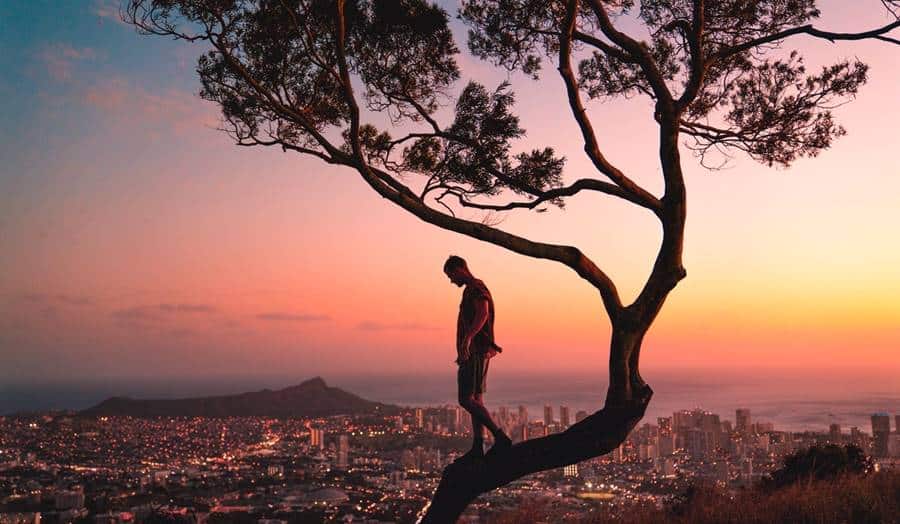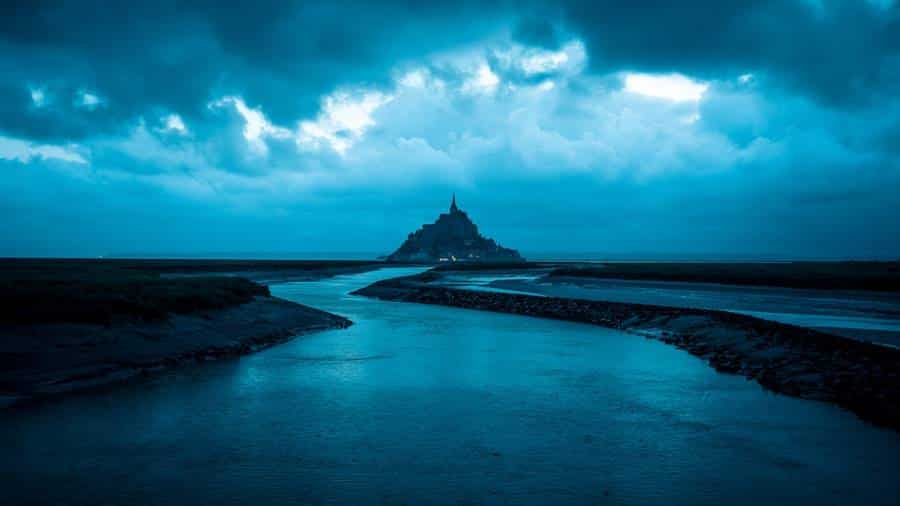In this article, I will discuss using color in photography and its rules. Back in the 1980s, color was not a problem in photography. Every amateur photographer started with a black and white film. Working with color photographic materials (whether negative or positive films) is challenging and requires knowledge, experience, and skills; film manufacturers provided ready-made color solutions.
Today, the budding photographer starts with digital color. But getting high-quality color photography today is almost more complicated than it was several decades ago. The reason is the almost limitless possibilities of digital editing.
Why Photographs Need Color?
Let us ask ourselves: why is color in photography at all, and what should it be to be appropriate? The question seems silly, but because few people ask themselves it, so many pretentious, flashy, or vice versa, sluggish and faded colors are produced by amateur photographers worldwide.
Color gives the photo authenticity, documentary. With rare exceptions, people see the world as colored. One of the most important conclusions is that any color distortion must have an aesthetic justification that is understandable to the viewer.

“I’m color blind, that’s how I see it” – also an option if the viewer knows about this fact.
Color helps to accentuate the semantic and visual centers of the image. The brighter the object, the more attention it attracts to itself. Thus, color can help or hinder your composition. Any object will be lost against a screaming background.
Remember: the background should not argue with the subject, but complement, develop and emphasize it.
Color in photography helps build the volume and geometry of the frame. The closer the subject is, the brighter the color. The saturation of distant objects is always lower than that of nearby objects.
Exceptions can be in landscape, or vice versa, in macro photography, but the rule remains the same: air haze reduces the color saturation of distant subjects.
The color tone, the general temperature of the color range help the viewer understand the conditions in which the object is captured: winter-summer, nature-room, morning-evening.
These are the essential points to keep in mind when evaluating images during editing. Color in photography as an additional dimension can significantly enhance the impression of a photograph, or it can even kill it.
General Rules for Working with Color in Photography

I will not dive into the depths of the theory of color science as such: you can read about the color wheel, tonality, and complementary colors in any textbook on coloristic. I will consider the general practical principles of shooting and image processing, which can be used in practice right away.
Get Rid of The Color
Try to remove the color altogether at the stage of converting the image in the RAW converter. There are plots, objects, and conditions when the color is, in principle, superfluous; it does not give anything to the frame and even interferes.
For example, excellent black and white drawing – and a wild color scheme, incongruous shades, bringing visual chaos. Make sure you want to color in your shot and remember that you can get rid of the color.
There Shouldn’t Be Many Colors
The frame should contain no more than two or three color shades belonging to the same color range. All other elements in the frame should be either faded, desaturated, or achromatic (that is, neutral, kept in shades of gray).
Thus, the primary visual accents, connections, and combinations will be expressed in color. There should be an interaction of main and auxiliary objects in the frame. It is these objects that are accented with color. In this case, the rule “the less, the better” applies.

An exaggerated processing technique is still prevalent when the entire image is artificially discolored, except for a single detail.
Despite the roughness of this approach to composition, in some cases, the results are pretty impressive. Try to shoot in such a way as to achieve this effect without post-processing in Photoshop.
Look at the subject by squinting so that you see everything blurry, devoid of detail. What grabs attention? What is arguing with what, what interacts with what? Do these objects correspond to the main subjects of photography, or do they draw attention to themselves?
Don’t Twist the Saturation
Don’t try to achieve dramatic color by artificially enhancing color saturation with tools like Hue / Saturation or Vibrance. By increasing the saturation in this way, you lose shades, nuances, subtle transitions in return for getting flashy acid colors.
The method is suitable for short-term attention, like the big word “SEX !!!” in the headline of a bad advertisement for some hardware or cornices. A solid, colored hole in a picture, is a photographic image that deprives a picture of depth, detail, and authentic expressiveness.

If you turn out the color with the hue/saturation tool, there will undoubtedly be those who will say: “What a deep color, what a beauty!” Do not believe it; they want to say something nice to you.
Underexposure as A Way to Get Expressive Color
If you need to get deep saturated colors, use the technique of underexposing the frame by about half a stop or a little more. Saturation of most colors appears in mid and dark tones; in highlights, only yellow is most active.
Camera manufacturers take this into account, and underexposure is often already built into the camera settings, so don’t overdo it.

Remember that converting the file to the sRGB -1966 color profile will make your photo darker and the colors more saturated and denser. The reason is the narrow gamut of this color profile. For high-quality conversion of the profile, you need to correct the image additionally.
Color in Photography Obeys the Author’s Intention
The color tone is based on the idea, the aesthetic solution, the intention of the photographer. It is unlikely that in an ordinary case, a child’s portrait with a creative blue tint will look appropriate, while a slight yellowness in food photography can be associated with a warm fireplace and evening lighting.
Suppose the picture has an unnatural hue simply because the camera misjudged the temperature of the light, and the photographer did not correct this defect, or the viewer cannot understand what the author wanted to say when choosing a color solution. In that case, this is a photo mix, not creativity.
You may also like to read: Lighting in Filmmaking and Photography: A Complete Guide
3 Ideas for Working with Color in Photography

It is impossible to reveal all the nuances of working with color within the framework of one article. In the future, I will consider individual principles and techniques in more detail. The purpose of this text is to outline the general vectors for the further development of the photographer within the craft, offer a critical look at the current methods of shooting and post-processing of images, and think.
There are no immutable rules even within certain types of photography: everyday, art, advertising, technical. You, and only you, determine which technical or artistic solution to choose in each case, even if you select batch processing in the converter as your main workflow.
Digital editing allows for the most unimaginable shades and colors. What can you do to avoid spoiling your work, not to blur the eyes with acid colors, and not to go astray? Here are some ideas:
- Don’t experiment until you have awareness, understanding, and the ability to formulate ideas.
- Use the work of established color photographers, or even classic paintings, as reference points.
- Master the classic color schemes used in analog photography. Cross-processing, toning, duotones, and tritones trying to get the characteristic “film” color inherent in slide films – this arsenal will help you seriously advance in handling color, not to mention the acquisition of post-processing skills.


